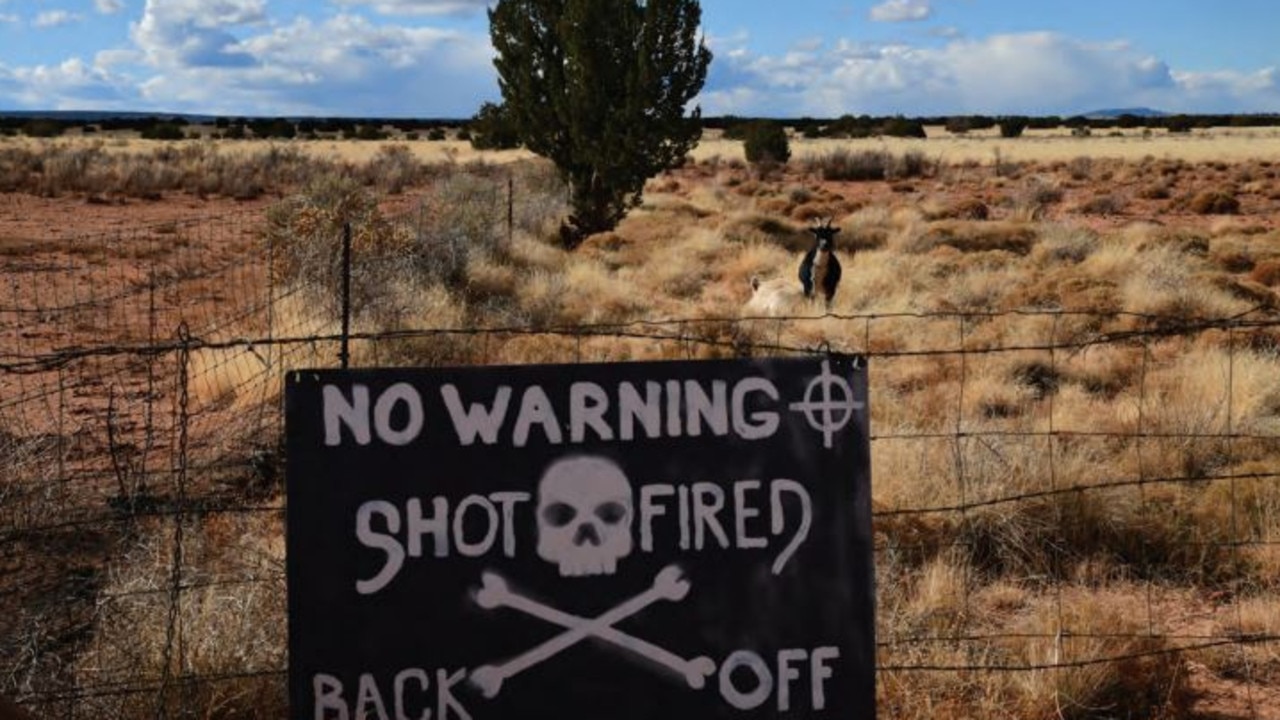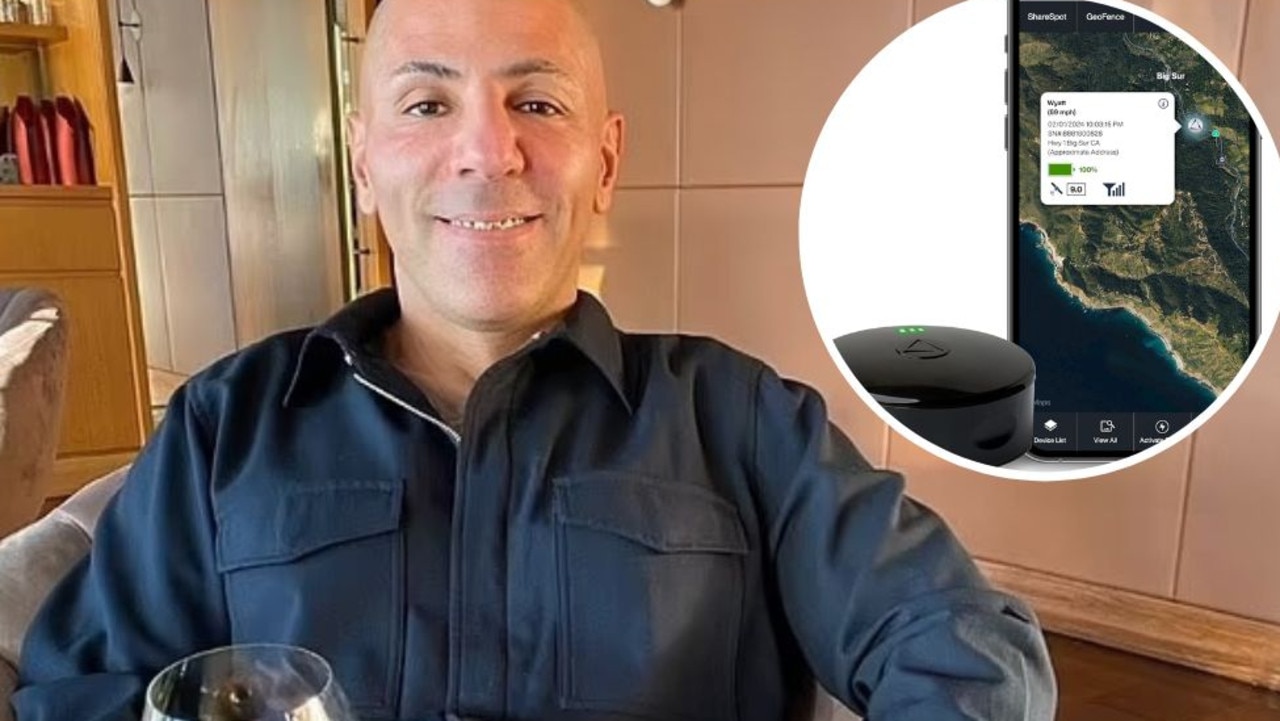Escaped robber‘s elaborate and deadly plot to evade capture
It looked like a regular job ad in the Herald Sun, offering a great opportunity for generous pay. But the unlucky “successful” applicant ended up in a shallow grave with two bullet holes in his skull.

Crime in Focus
Don't miss out on the headlines from Crime in Focus. Followed categories will be added to My News.
Sitting in a Victoria Police armed robbery squad interview room, the man had a confession to make.
And what he was about to reveal not even experienced robbery detectives could have foreseen.
The man posing as Ronald Williams was, in fact, escaped bandit Alexander Robert MacDonald, an armed robber who had escaped from a prison near Brisbane two years earlier.
It was 1997 and the detectives were sure they had fugitive MacDonald in custody, yet the man insisted he was 47-year-old Ron Williams, born May 14, 1950.
LIFE AND CRIMES PODCAST: SUBSCRIBE ON iTUNES
AFTER DARK BANDIT TELLS HOW HE DID IT
WHY SMART WOMEN FALL FOR CROOKS
At that stage, police had no idea where the name Ronald Williams had come from.
And they could not have imagined that the real Ron Williams was actually lying buried with two bullet holes in his skull in a shallow grave on a remote West Australian beach.
To confirm the prisoner’s true identity, police needed fingerprints.
MacDonald baulked at providing them, but was warned they could be taken from him by force.
It was then MacDonald admitted he had taken on the Ron Williams name after escaping from prison.
The shocking confession
A stunning exchange with detectives Allan Birch and Michael Grainger then followed.
Detective Birch: “Right. Now how did you assume that identity?”
MacDonald: “By taking the identity from the actual person.”
Birch: “Right. Who is Ron Williams?”
MacDonald: “He’s a guy from Melbourne.”
Birch: “Right. And do you know Ron Williams?”
MacDonald: “Yes … I met him on the pretext of employing him.”
Birch: “Can you explain to me how you would assume the identity of a person who responds to an advert for employment?”
MacDonald: “You kill them.”
Birch: “Did you kill Mr Williams?”
MacDonald: “I did.”
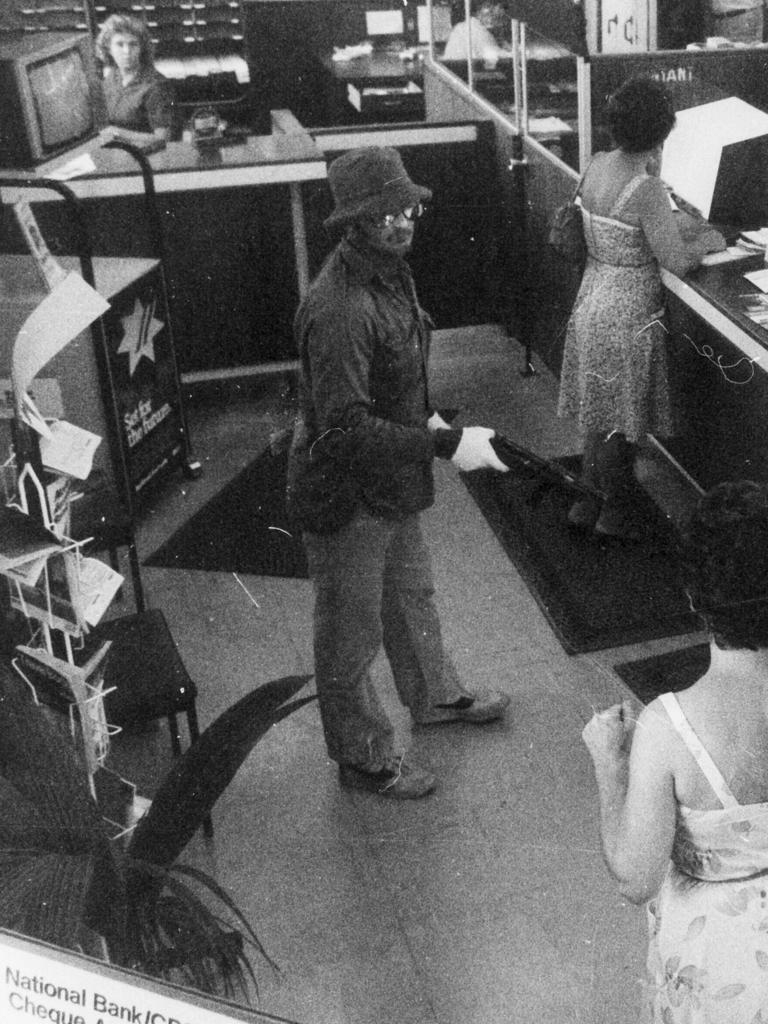
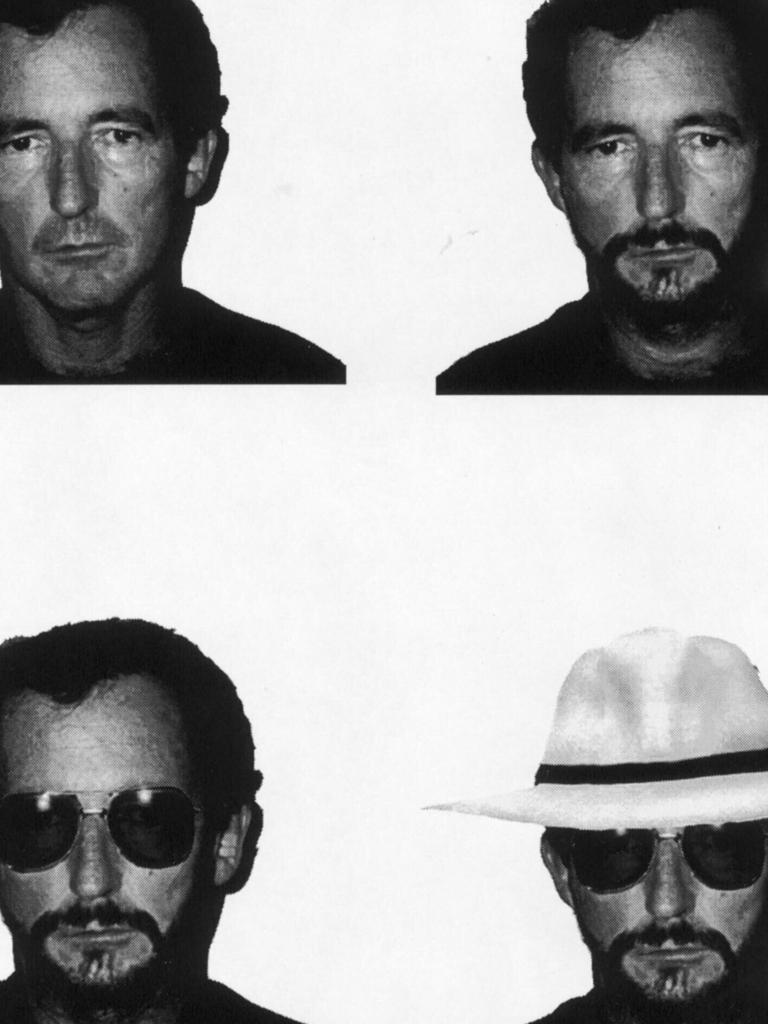
Having been read his rights for a second time, MacDonald asked for one of Birch’s cigarettes and then told the full story.
Using the false name of Paul Jacobs, he had placed an ad in the Herald Sun looking for someone to take up a position on a fake geological survey.
“My intention was to find a person of suitable age and background, with no close relatives and assume his identity,” MacDonald said.
The fake job ad appeared in January 1996 on behalf of Jacobs Associates — a fictitious family company that was said to carry out geological surveys for WA mining companies.
The bogus job was for a field hand to work on surveying expeditions in remote areas for two years.

The annual salary was $60,000.
Some 50 men applied.
MacDonald interviewed the candidates at a sham office in a unit in the outer Melbourne suburb of Greensborough.
The unlucky applicant was Ronald Joseph Williams … because he got the job.
“He was a guy of my build, roughly — maybe a little shorter,” MacDonald explained.
“Obviously of the same age group … At the time I was 80 per cent certain that he was suitable, so I asked him back to a second interview perhaps a week later … at which time he could supply more personal details.
“Those details included educational background, family background and employment. (That was necessary) to give me the background story of the person.”
“What was your intention to do with Mr Williams?” the detectives asked.
“To kill him … in Western Australia,” he replied.
Ron Williams was a loner.
An estranged father, he had few relatives and only a couple of close friends.
A man with few prospects, he worked a tin-can job at an auto-wrecking yard.
Williams thought he’d finally caught a break.
He was about to see the other side of Australia while being handsomely paid.
Or so he believed.
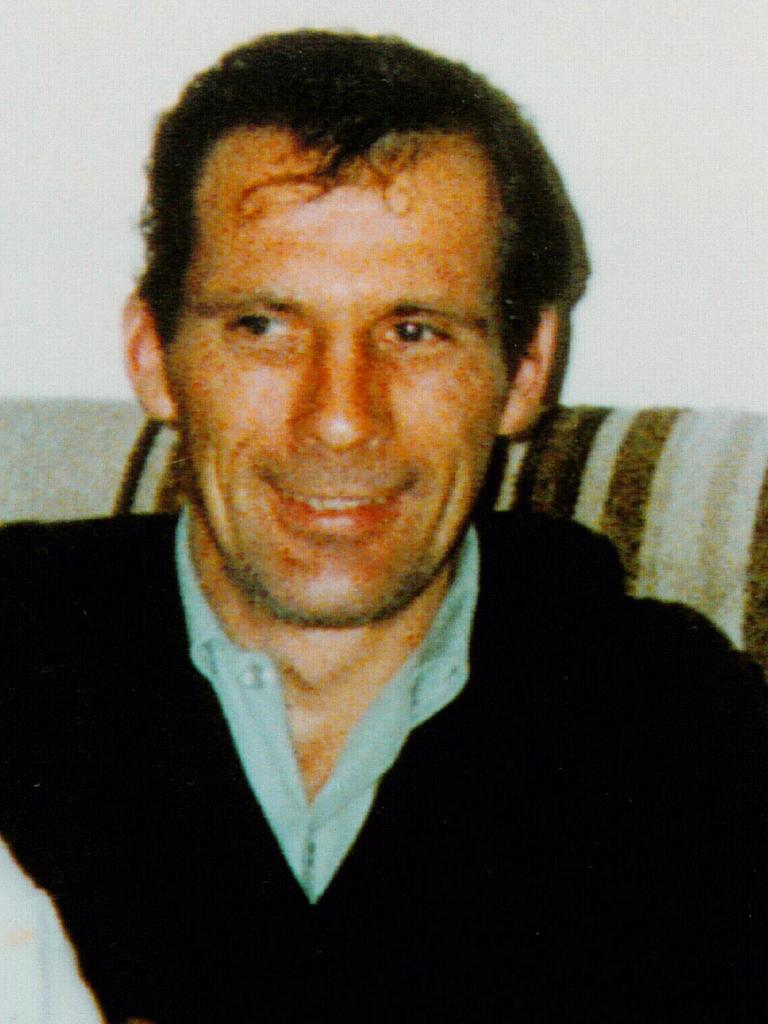
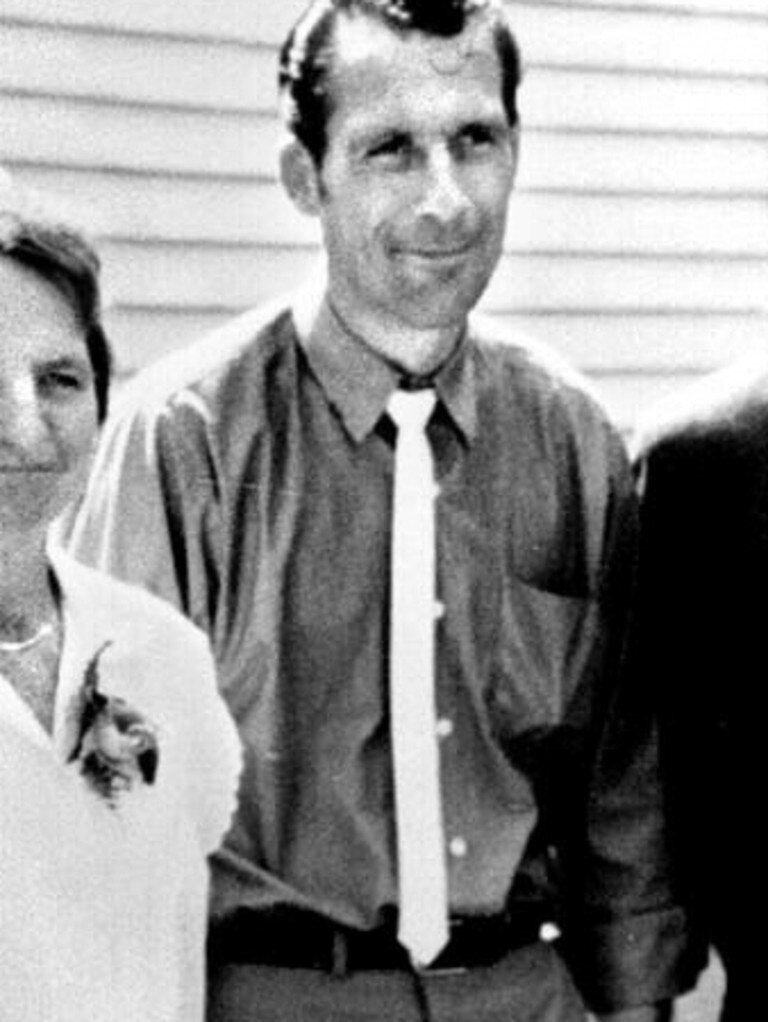
MacDonald borrowed Williams’ driver’s licence, birth certificate and other personal papers and used them to set up two bank accounts in Williams’ name.
He also successfully lodged an application for his own copy of Williams’ birth certificate from the Registrar of Births, Deaths and Marriages.
MacDonald paid Williams a weekly $500 retainer to keep him hooked until they left for WA in early March 1996.
The two drove a four-day journey across Australia in MacDonald’s Toyota Land Cruiser.
Police grilled him about the death.
“How did you cause the death of Mr Williams?” Birch asked.
MacDonald replied: “I shot him.”
The murder was committed on a remote spot at Cheyne Beach, about 50km east of Albany.
MacDonald shot Williams at point-blank range in the head as the two were beach fishing at night.
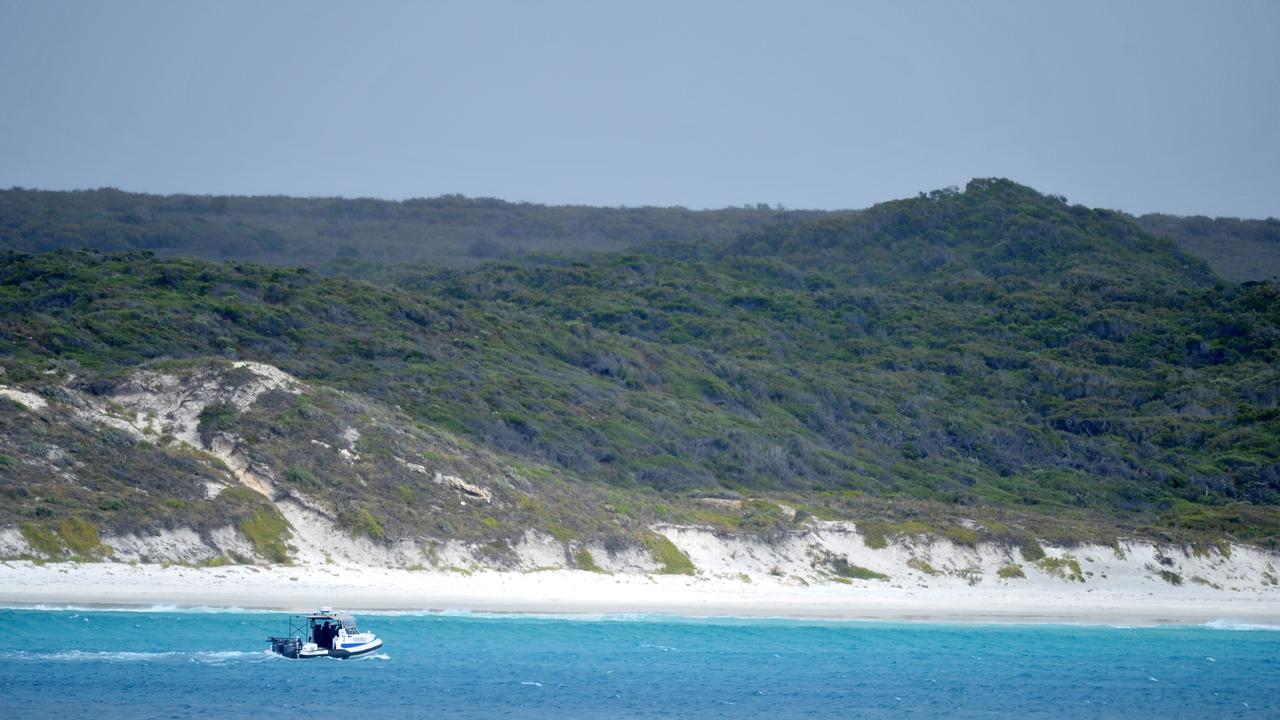
“We fished for perhaps an hour and then I shot him,” MacDonald said coldly.
“I extracted the rifle from (my fishing) bag, faced Mr Williams and shot him once in the forehead … he fell forward and was prone on the ground.
“I stepped over him and shot him in the back of the head … just to make certain.”
The killer bandit told the detectives he’d had “quite some experience with weaponry” while a soldier with the Australian Army in Vietnam.
MacDonald said he “just switched off” when the time came to kill.
“I guess it’s part of military training that sometimes you need to switch off your emotions.”
When asked whether he thought it was wrong to kill someone, MacDonald replied: “To me it seemed appropriate.”
Detective Grainger probed further: “Is what you’re saying — his death was a means to you to assuming a new identity?”
MacDonald: “That’s correct.”
“And you found it necessary to assume that identity to avoid further incarceration?”
“That’s correct,” he replied.
Becoming Ron Williams
After the murder, MacDonald discarded Williams’ clothing, watch and wallet but kept his driver’s licence and credit cards.
He drove up through Perth to Carnarvon, where he camped for two days and dumped his vehicle and gun before hitchhiking back to Perth, and then all the way back to Victoria.
Once back in Victoria, MacDonald started living as Ronald Williams.
He went on to obtain an Australian passport in Ron Williams’ name.
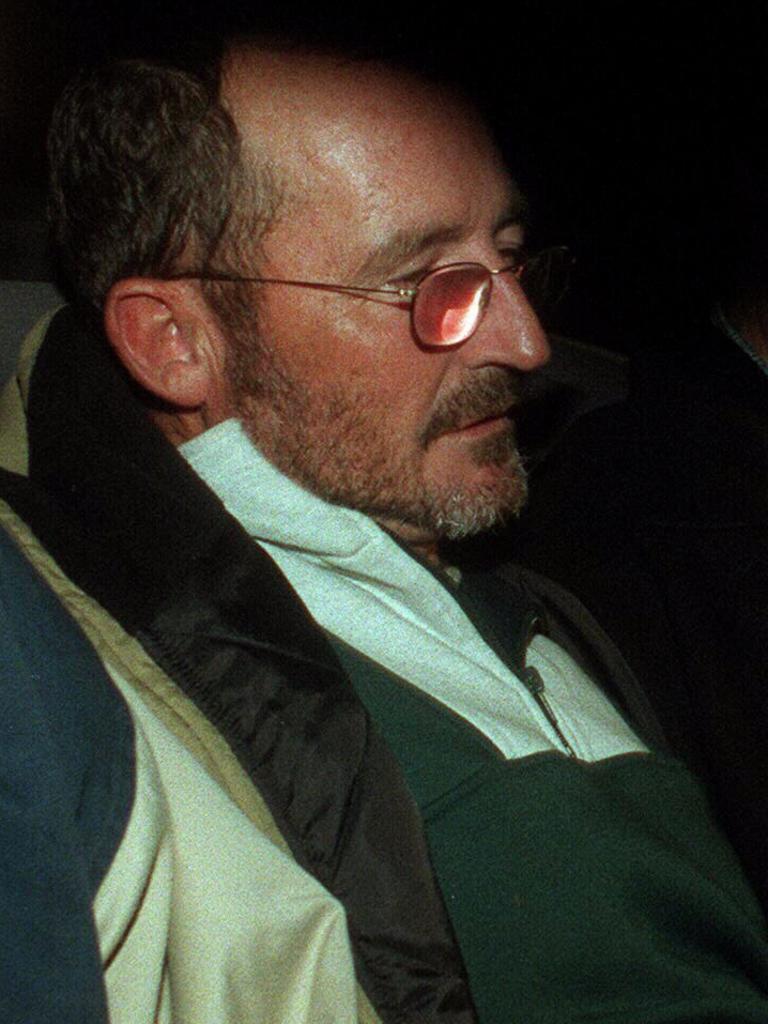
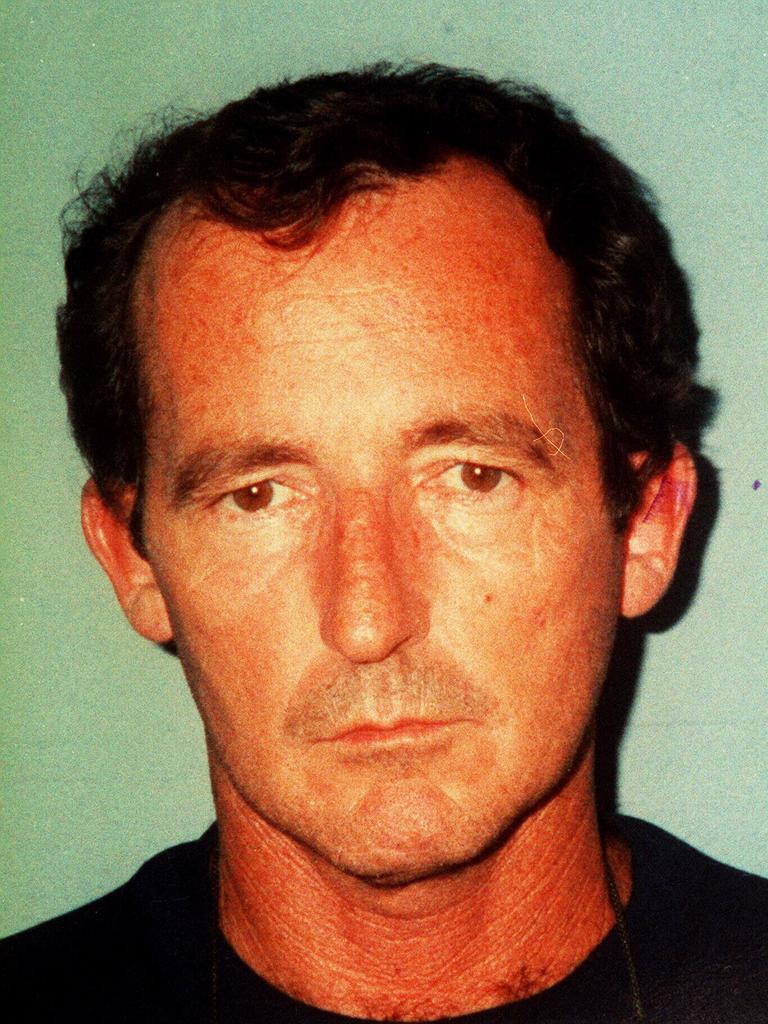
To make it appear that Mr Williams was still alive, MacDonald made deposits into the dead man’s bank account and regular personal loan repayments.
MacDonald told Birch and Grainger he owned a 34-foot motor yacht moored at a marina near Tyabb on Victoria’s Mornington Peninsula.
He said he bought it through the proceeds of armed robberies.
MacDonald admitted to committing several holdups while hitchhiking and camping around Australia after his jail escape.
During one bank heist at Airlie Beach, he took a female teller hostage after robbing $83,000.
He said he committed further bank holdups, in different states, after murdering Mr Williams.
He travelled to distant locations and held up the banks via his regular method in an effort to confuse police and hide the fact he was residing in Victoria.
He said he never did a stick up in Victoria because, “as they say, ‘don’t crap in your own backyard’.”
MacDonald netted big money, some of which went towards his boat on which, he said, he eventually planned to take his own life while in the Solomon Islands as it was “more pleasant surroundings.”
The killer bandit drew a sketch of where he buried the body.
WA detectives used it to locate the skeletal remains.
MacDonald was wanted in three states over eight armed robberies and had been on the run since escaping from the Queensland prison while mowing lawns.
The court heard that before his escape, MacDonald had served 13 years of a 22-year sentence for armed robberies in Queensland.
He pleaded guilty after being extradited back to WA where he was charged with the murder and armed robbery.
His barrister had no option but to label the Cheyne Beach murder as “one of the most carefully planned that probably we have seen”.
MacDonald, then 47, was sentenced to life with a 25-year minimum term.
Originally published as Escaped robber‘s elaborate and deadly plot to evade capture

